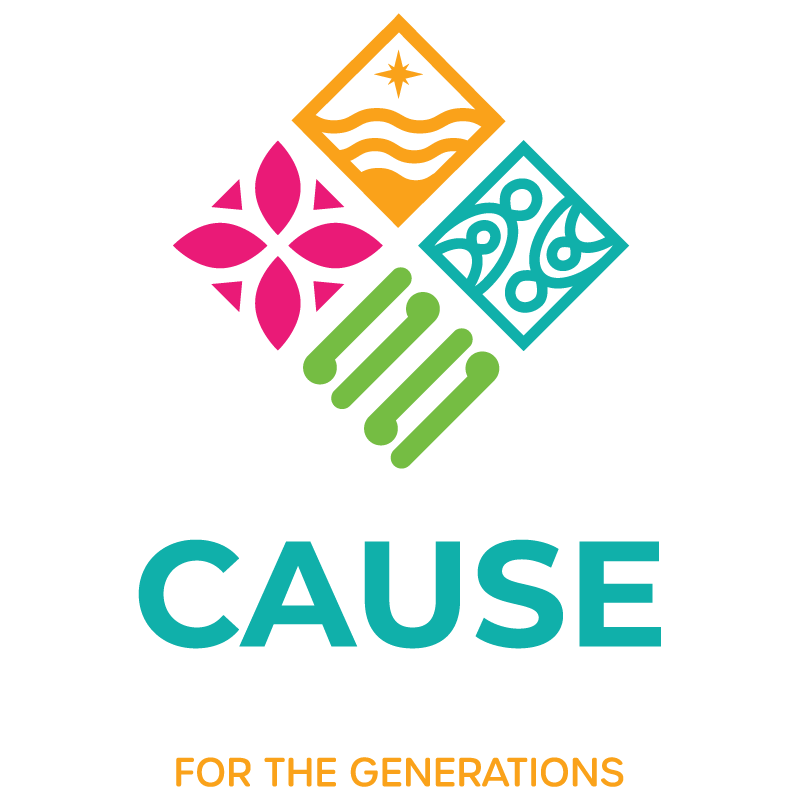
One of New Zealand’s leading security firms with experience spanning over 80 years has continued to demonstrate its commitment to enhancing workplace wellbeing by remaining involved in the Workplace Wellbeing Ecology initiative.
Armourguard Security is a large organisation based in South Auckland with approximately 1300 staff across New Zealand providing security services for commercial, domestic, industrial and Government organisations.
“It’s been fantastic working with The Cause Collective,” says Stuart Morgan, National Risk and Compliance Manager (left in main image). “It’s been a breath of fresh air and brought a whole new perspective to my way of thinking and working with these concepts that have been brought up. I’ve never looked at things quite this way before.”
During the current Covid-19 lockdown, the multicultural organisation has continued to participate in the Workplace Wellbeing Ecology initiative via Zoom (communication video platform). For many organisations, a lockdown typically stumps the progress of projects due to the changing restrictions of different alert levels and the unknown duration for each.
“Operationally (for Armourguard) it hasn’t been easy with a few cancellations to our sessions, but it’s been an absolute honour and pleasure to work together and we’re stoked to be able to carry this on.”
The online Zoom sessions have been conducted as part of phase 3 (designing for change) of the Workplace Wellbeing Ecology initiative.
Designing for change takes the form of design thinking sessions with the core team from the organisation including frontline staff and executive leadership. The core team identifies workplace issues and creates strategies and solutions to help improve workplace health and wellbeing.
“Every session we started with an activity for team building which was great to solve problems and get to know each other more,” says Sagar Patel, Security Supervisor.
“These sessions have given me a new found understanding about empathy for staff. I tend to give advice based on workplace situations but probably don’t consider their personal differences or their motivations for being at Armourguard, such as financial, family or other.”
Ursula Curry, Security Supervisor, says that the sessions brought up different ideas from the core team.
“I’m encouraged by the different ideas that each of us brings into the sessions. It’s amazing that we all work together, you would think we have similar ideas but it turns out that we don’t,” she says.
“The sessions highlighted another way of thinking and helps to bring up the honesty of what you really want to happen in the workplace which you might not say straight to management.”
Jodi Meadows, Designer at The Cause Collective, says the core team plays a critical role in designing for change.
“We use design thinking tools to help engage the core team to work together on a problem within their workplace,” she says.
“It’s important they are open to change which involves raising issues and then investigating a viable solution that can be applied in the real world – their workplace.”
Following their design sessions, the core team will focus on a few prototypes which they will implement in the workplace.
“We’re excited for the next phase of the Workplace Wellbeing Ecology initiative for Armourguard. Their core team have been highly engaged, open to new ways of design, and have consistently used their knowledge of their people and business to think of solutions for their peers,” says Nicola Dennison, Lead Systems Innovator at The Cause Collective.
“The next phase is when the ‘rubber hits the road’ and will require the core team to role model the five conditions of workplace wellbeing ecology in the workplace, while implementing prototypes.”
From our work with South Auckland employers, we have discovered the five conditions that enhance or diminish people’s wellbeing in the workplace.
These are:
- Active Leadership – driving the workplace wellbeing agenda
- Staff contributing to change management plans and co-designing improved workflow and systems
- Feedback loops and stronger response systems are in place to enable efficient problem resolution
- Quality engagement and proactive and continuous communication
- People buy into the organisation’s mission because active leaders ensure their teams can see the bigger picture and understand the difference they are making.

